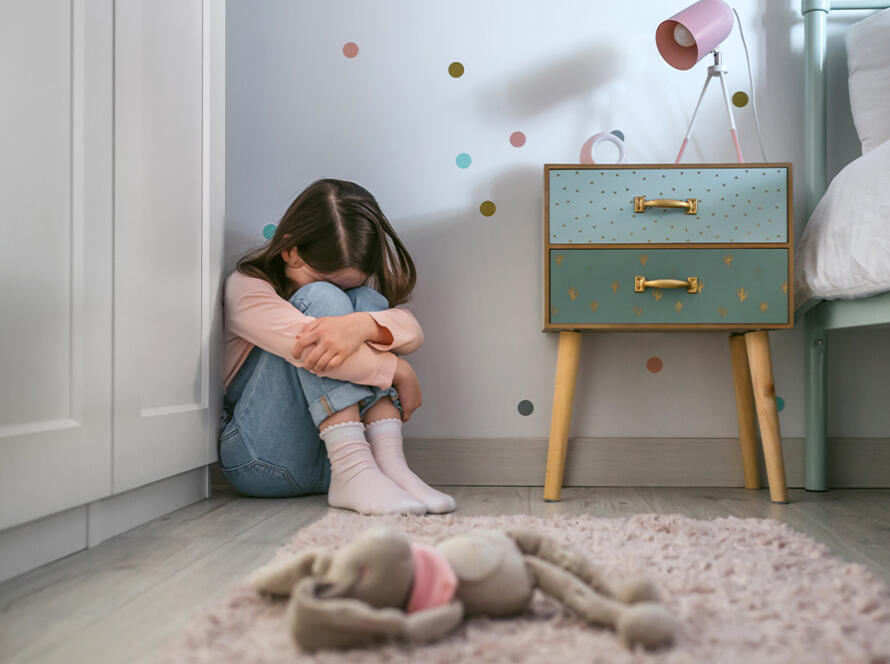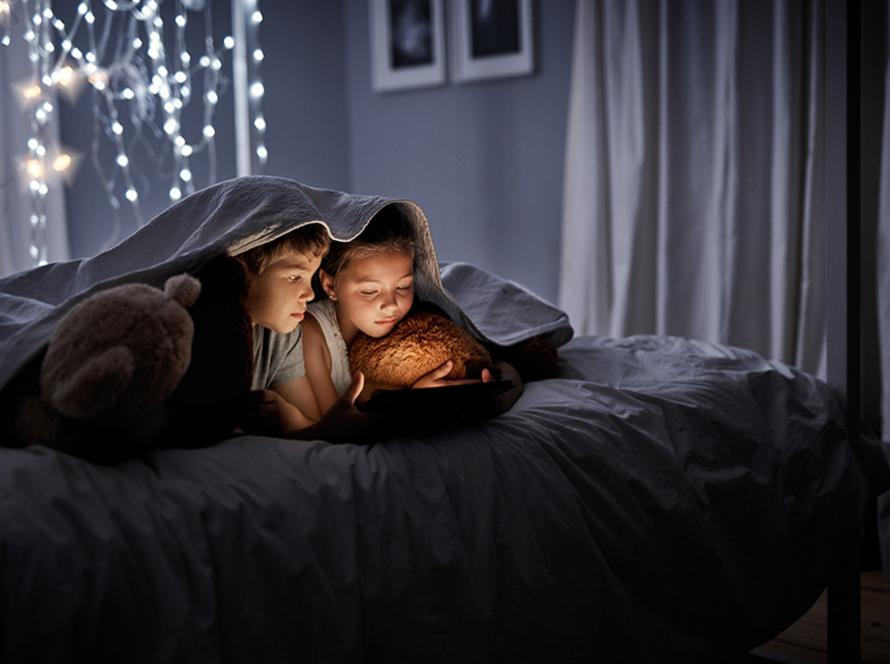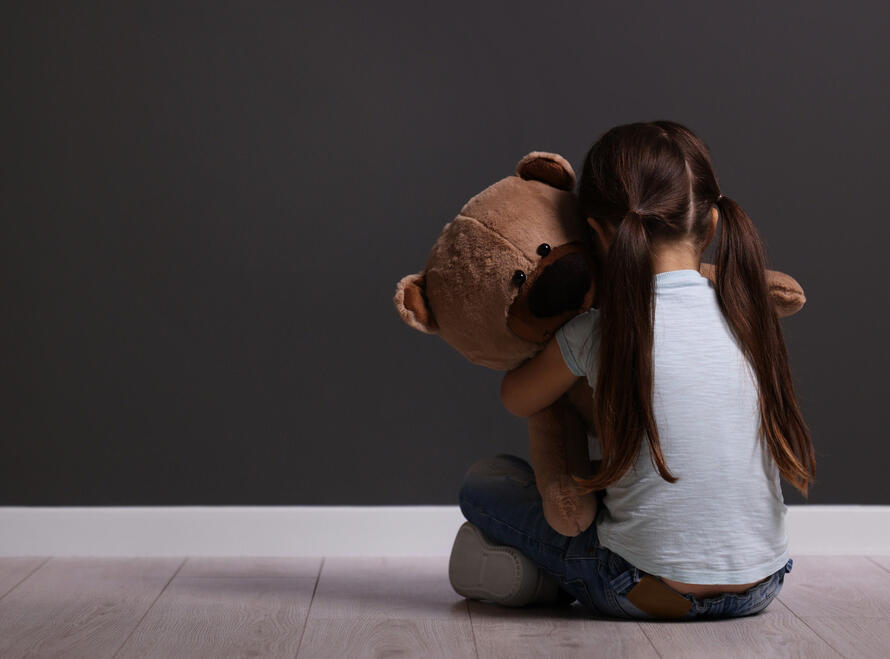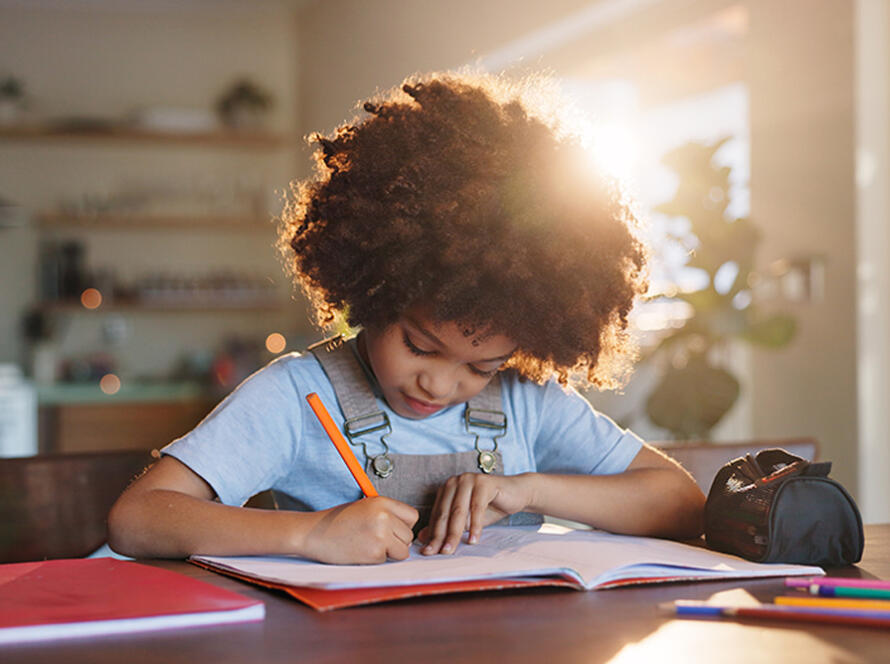Did you know that art plays an essential role in children’s development? More than just a recreational activity, it enables them to flourish intellectually, emotionally, and in social contexts. In this article, we will explore why art education is important for the development of young students. We will also see how you, as teachers and parents, can take advantage of this learning approach.
Art, a Motor for Creativity and Critical Thinking
Boost Your Children’s Imagination Through Art Education
Participating in artistic activities such as painting, music, dancing, or theatre, helps boost children’s imagination. These activities give them the opportunity to express themselves freely, without constraint. This allows them to discover new ways of thinking, tackle problems from different angles, and explore creative solutions. You hence are able to help develop the imagination of your little ones through simple yet challenging exercises.
Stimulate Critical Thinking
Beyond aiding in self-expression, art is an invitation to reflect. By observing a work of art, or analyzing a music piece or a play, children learn to think and ask the right questions. This critical approach helps them develop analytical skills essential to their academic, and later professional success. To encourage students to think more deeply, you can incorporate these discussions into your classes.
Art Education and Social Skills Development
Art: A World of Sharing and Collaboration
Artistic activities, whether in groups or individually, promote sharing and collaboration among children. By creating together or displaying their personal creations, students learn to listen to others, to respect different ideas, and to negotiate compromises. These social skills are particularly important in the school setting, but are also applicable in social settings. Encouraging your children to work on an artistic project as a team is thus the equivalent of giving them the keys to collectively succeed.
Art Education and Emotion Management
Fostering art education is putting a powerful tool in the hands of children to help them understand and express their emotions. By providing them with a space where they can “release” what they feel through their creation, you help them better manage their feelings. Drawings, songs, or even role-play activities (that you can find in our textbooks) allow young ones to verbalize emotions they cannot always easily describe. This process is beneficial for both their mental and emotional well-being.
Arts, a Complementary Approach to the Development of Academic Skills
Art Education to Enhance Concentration and Discipline
Art helps children concentrate and work in a more disciplined way. Artistic projects require patience and attention to detail. These skills often translate into better performance in other school subjects. Engaging in artistic activities encourages students to persevere and structure their work, qualities that will serve them in other areas of their learning.
Arts, for a Better Memorization and Language Learning Process
Artistic activities can also help students better memorize certain information. For example, learning a song, telling a story, or representing a historical scene through a play or drawing are techniques that strengthen memory and facilitate the acquisition of new knowledge. For children learning a foreign language, art can be an excellent way to enrich their vocabulary and cultural understanding in a fun and interactive way.
How to Include Art Education in Children’s Everyday Life?
In the Classroom: Add Creative Projects to Lessons!
As a teacher, you can integrate artistic activities into all your classes. For example, using art to illustrate a science lesson or to create a project around a historical era makes learning more engaging. Feel free to use visual aids, organize creative workshops, or even invite artists into your class to inspire your students!
At Home: Foster Creativity Since Early Childhood
At home, as parents, you can also foster the creative development of your children. You can provide them with pencils, paint, musical instruments, or even storybooks. Invite your kids to explore their environment from a more artistic perspective. Push them to tell their own stories. Encourage them to listen to music from different cultures. These practices allow them to cultivate their curiosity. The key is to provide an environment where creativity is appreciated and valued.
Conclusion: Arts, the Key for a Promising Future
Whether you are a teacher or a parent, it is important to understand that art education is not a luxury or a distraction. On the contrary, it is a fundamental pillar of children’s development. By stimulating their creativity, fostering collaboration, and enhancing their critical thinking skills, you give your little ones better opportunities to succeed in all aspects of their lives. Art is much more than just a subject to teach; it is an invitation to live, to reflect, and to grow together.








